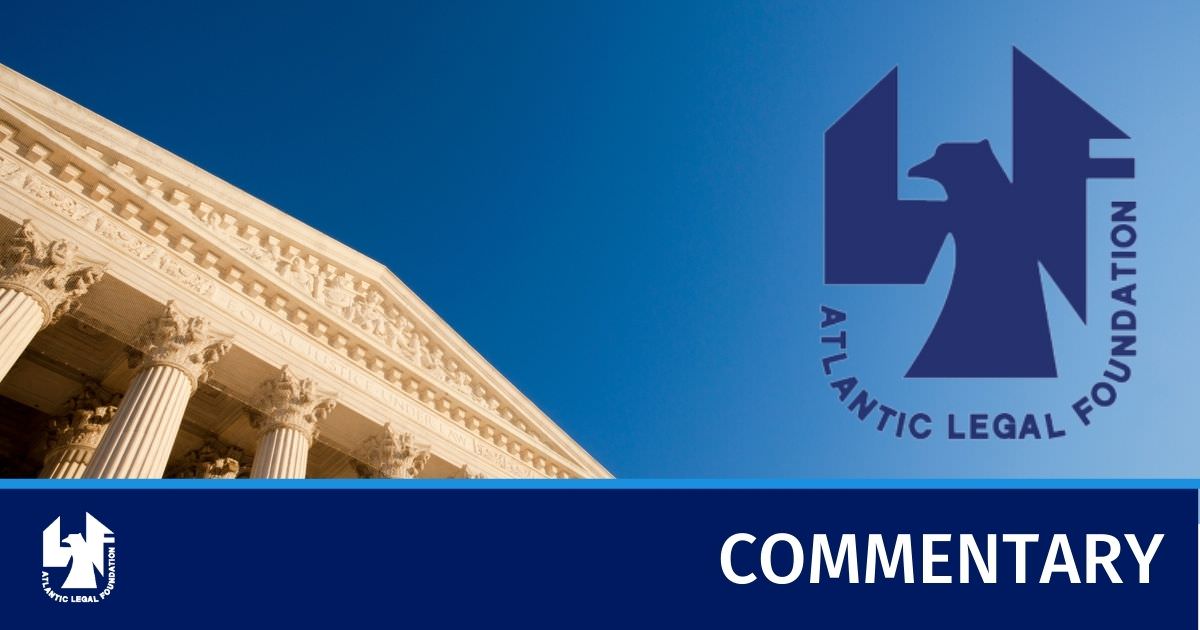
These assessments are made in a 15-page report released last month by a public interest foundation led by the officers of some of America’s most prominent corporations.
Issued by the Manhattan-based Atlantic Legal Foundation, the report contains a thorough analysis of proposed changes to New York’s complicated court system.
For more than a quarter of a century, New York’s most senior jurists have criticized the state’s inefficient and wasteful trial court structure. To address the problem, Chief Judge Judith S. Kaye proposed a plan for reorganization to bring surrogate’s court and other trial courts of limited jurisdiction into a two-tier system. "
Action on Chief Judge Kaye’s proposal is long overdue," said Briscoe R. Smith, senior vice president of Atlantic Legal Foundation. "An efficient court structure is essential and New York now has a confused, slow and byzantine system. To paraphrase Chief Judge Kaye: New York has an organizational flow chart no business executive would be caught dead with."
Chief Judge Kaye’s proposal, first made in 1997, suggests the consolidation of New York State’s trial court system into a simple structure consisting of only two trial courts; Supreme Court and District Court. Under this proposal, the Court of Claims, County Court, Family Court and Surrogate’s Court would be consolidated into the present Supreme Court, thereby creating a new Supreme Court that would continue as the trial court of general unlimited jurisdiction. Within the Supreme Court, there would be specific divisions for family, commercial, public claims, probate and criminal matters, plus any other divisions the Chief Administrative Judge determines to establish.
The proposed restructuring promises a streamlined, productive mechanism for the resolution of the diverse claims courts are meant to handle. The current court structure is spelled out in the State Constitution. Any restructuring amendment would have to pass two successive legislatures before the issue can be put to a public referendum. So far, it has not been a priority of New York Governor George Pataki or legislative leaders. "Unfortunately, the business community has yet to focus its considerable resources on securing passage of these reforms," Mr. Smith said.